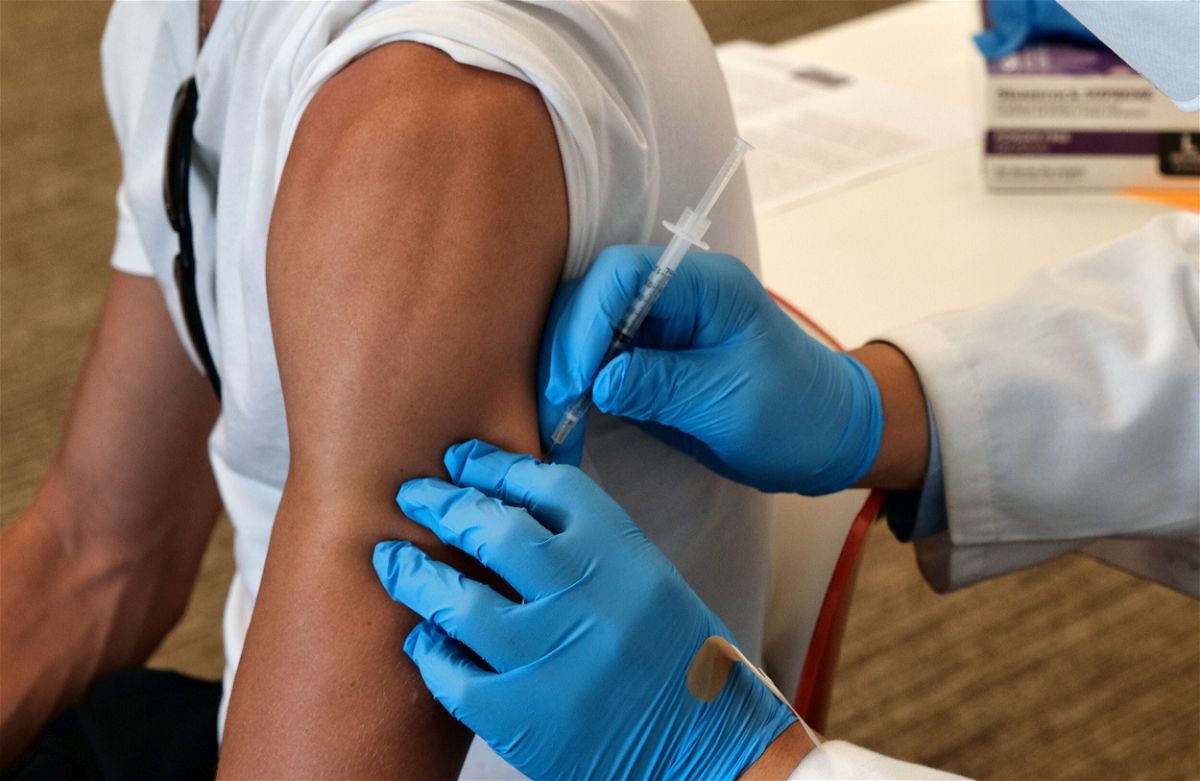Monkeypox is disproportionately affecting Black, Hispanic people, latest CDC breakdown shows

An analysis of monkeypox case records published by the US Centers for Disease Control and Prevention on August 5 offers new insight into the outbreak
By Deidre McPhillips, CNN
A detailed analysis of monkeypox case records published by the US Centers for Disease Control and Prevention on Friday offers new insight into the outbreak, which is disproportionately affecting men who have sex with men, especially those who are Black and Hispanic.
There were 2,891 cases of monkeypox reported in the United States by July 22, about two months after the country’s first case was reported. Case report forms with additional epidemiologic and clinical information were submitted to the CDC for 41% of those cases, though not all details were complete in all of those forms.
Among the cases with available data, 94% were in men who reported recent sexual or close intimate contact with another man. More than half (54%) of cases were among Black and Hispanic people, a group that represents about a third (34%) of the general US population. And the share of cases among Black people has grown in recent weeks, according to the CDC analysis.
“Public health efforts should prioritize gay, bisexual, and other men who have sex with men, who are currently disproportionately affected, for prevention and testing, while addressing equity, minimizing stigma, and maintaining vigilance for transmission in other populations,” the authors of the report say.
Additional analysis shows that all of the patients had a rash. However, a genital rash was more commonly reported in the current outbreak than in “typical” monkeypox. It was the most common location for rash (46%), followed by arms (40%), face (38%) and legs (37%). More than a third of cases with available data reported rash in four or more regions.
Early warning signs of illness, however, are less common in the current outbreak compared with “typical” monkeypox. In about 2 in 5 cases, the illness started with the rash — but no reported prodromal symptoms such as chills, headache or malaise. About 2 in 5 cases also did not report fever.
The authors of the report emphasize that anyone with a rash consistent with monkeypox should be tested for the virus, regardless of their sexual or gender identity or the presence of other symptoms.
Among those cases for which data was available, fewer than 1 in 10 (8%) needed hospitalization due to monkeypox. No deaths were reported.
Of those for whom vaccination status was available, 14% had gotten a vaccine for smallpox, including 3% who had gotten one dose of Jynneos during this outbreak. At least one person with monkeypox had symptoms more than three weeks after their first dose of the Jynneos vaccine.
A “substantial proportion” of monkeypox cases have been reported among people with HIV, who may be at higher risk of severe illness. More analysis of this group is underway, according to the CDC.
The agency says it is “continually evaluating new evidence and tailoring response strategies as information on changing case demographics, clinical characteristics, transmission, and vaccine effectiveness become available.”
The-CNN-Wire
™ & © 2022 Cable News Network, Inc., a WarnerMedia Company. All rights reserved.